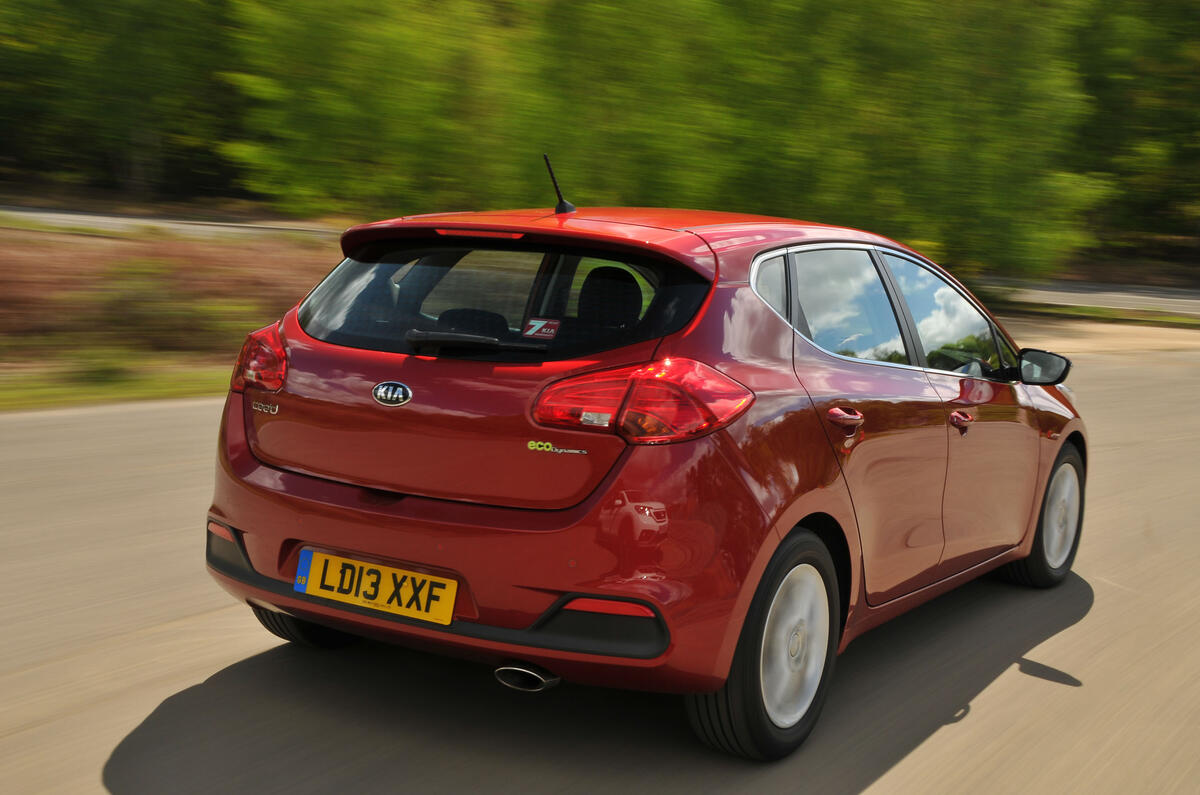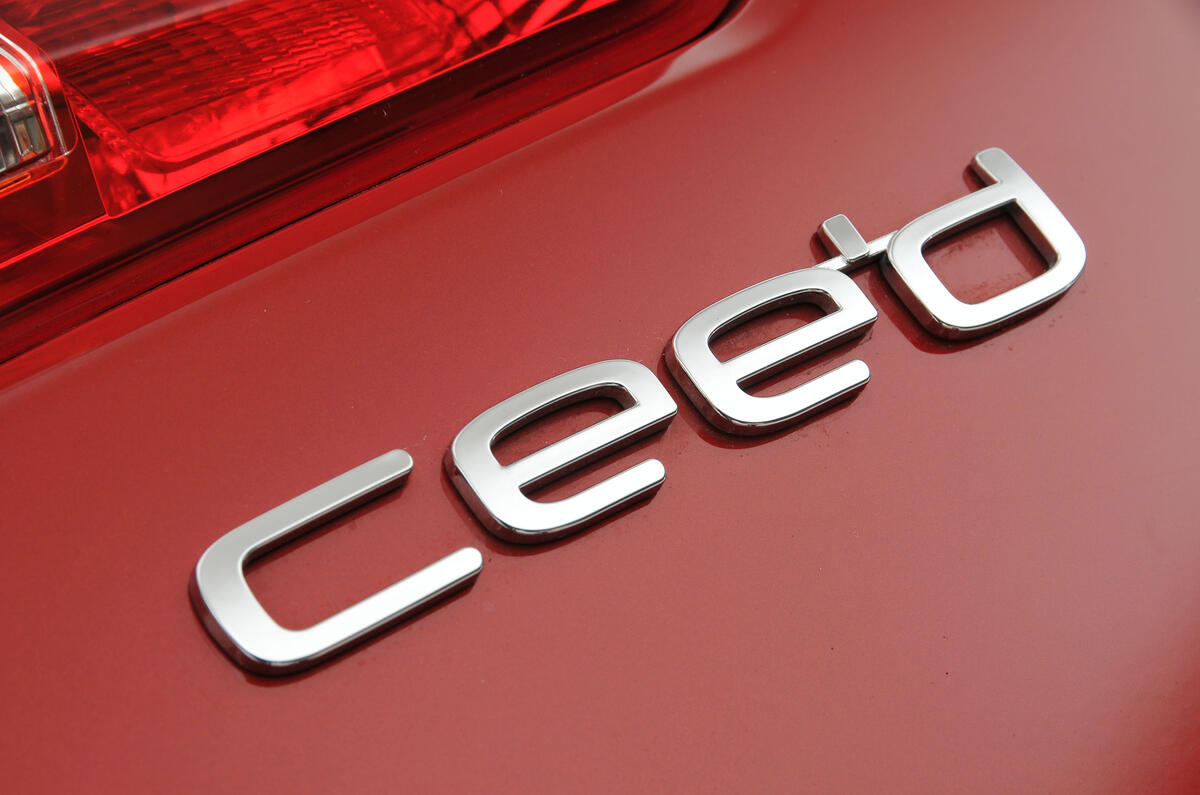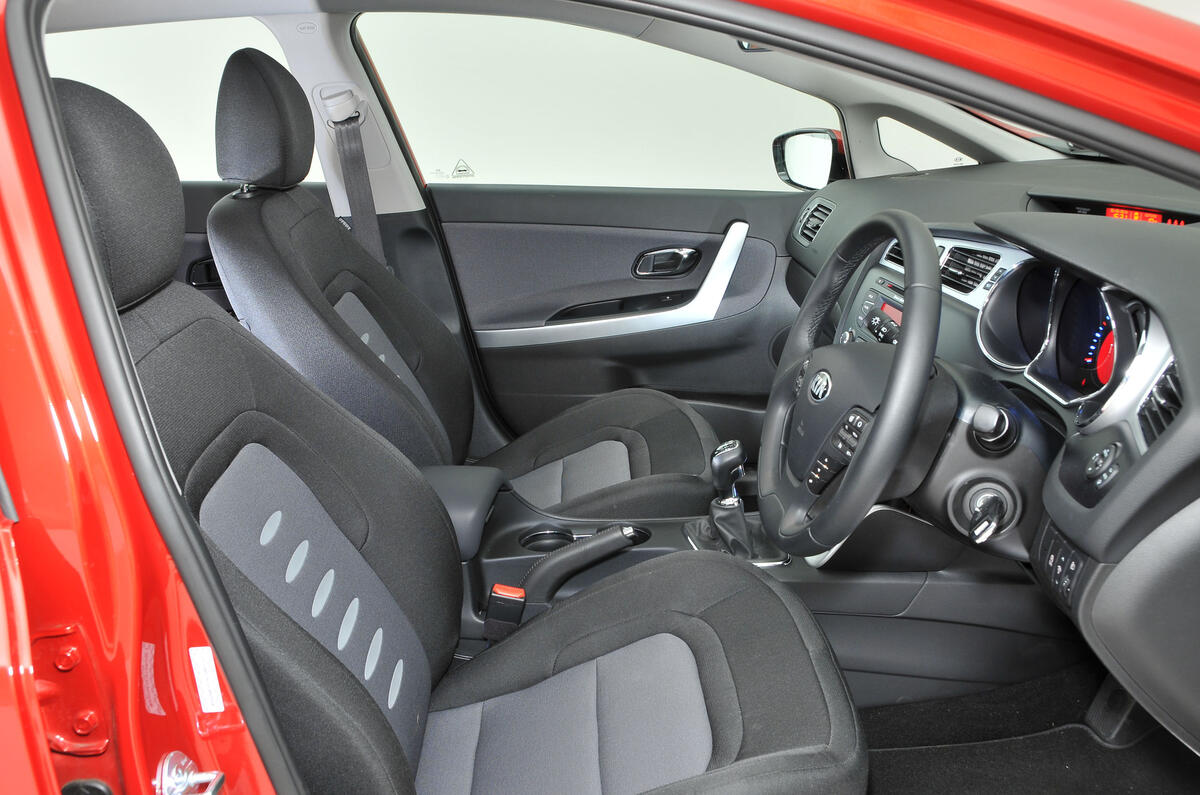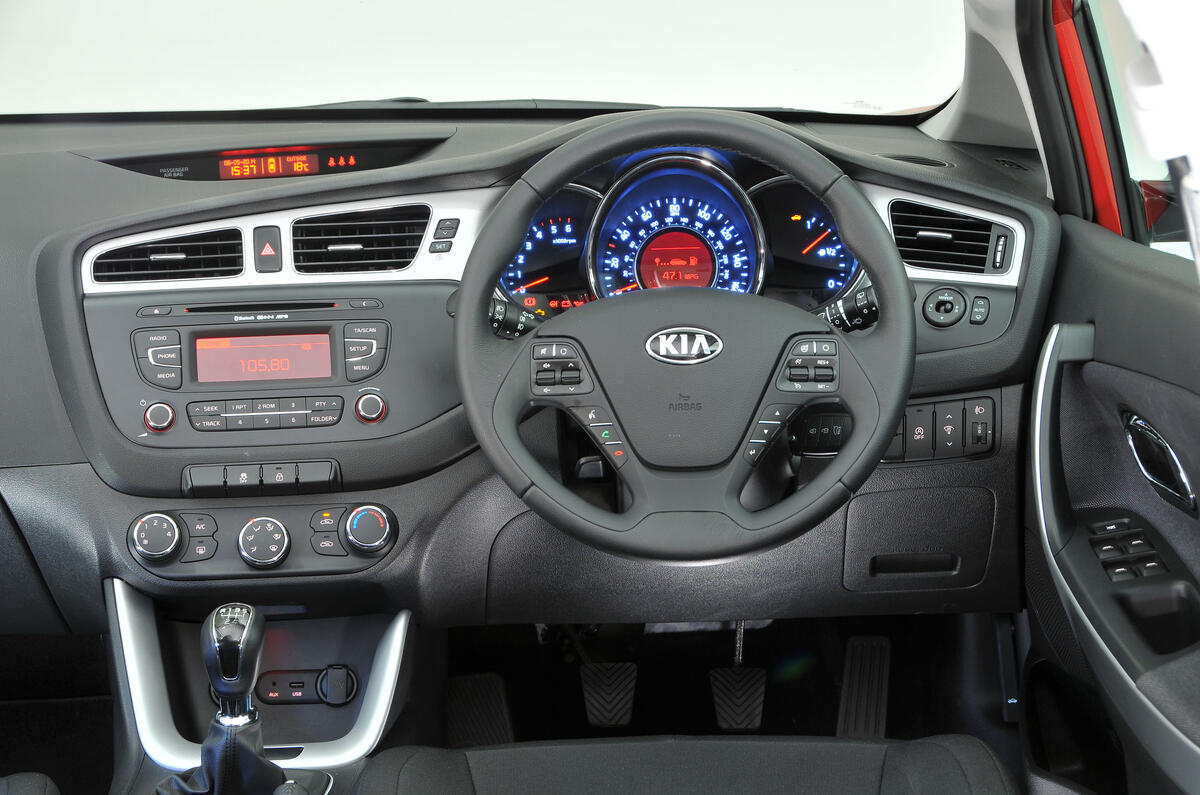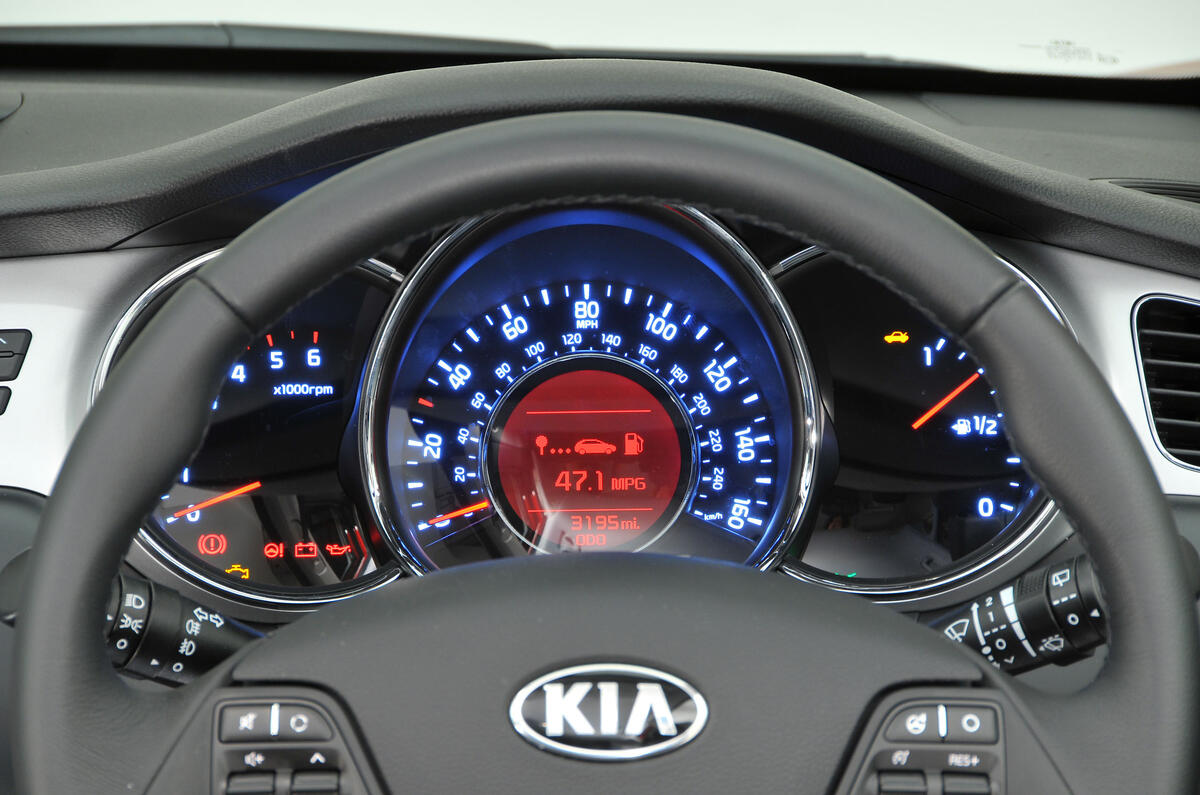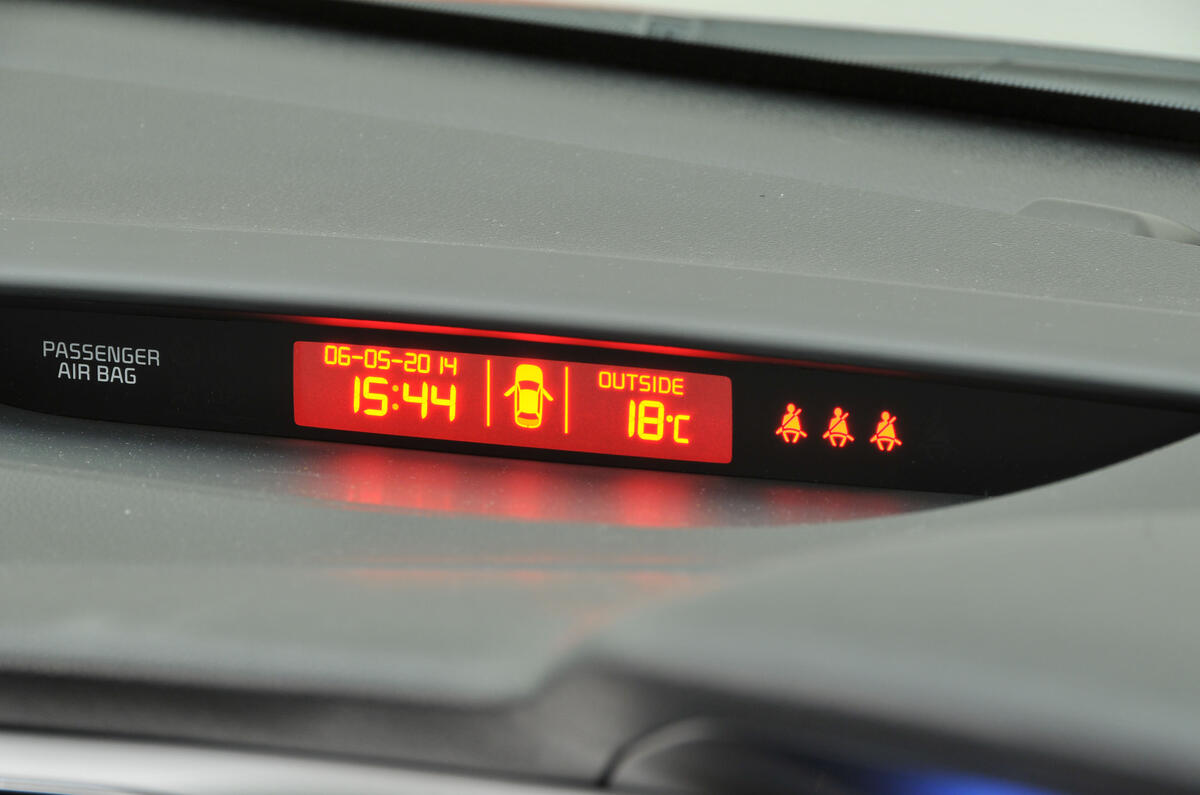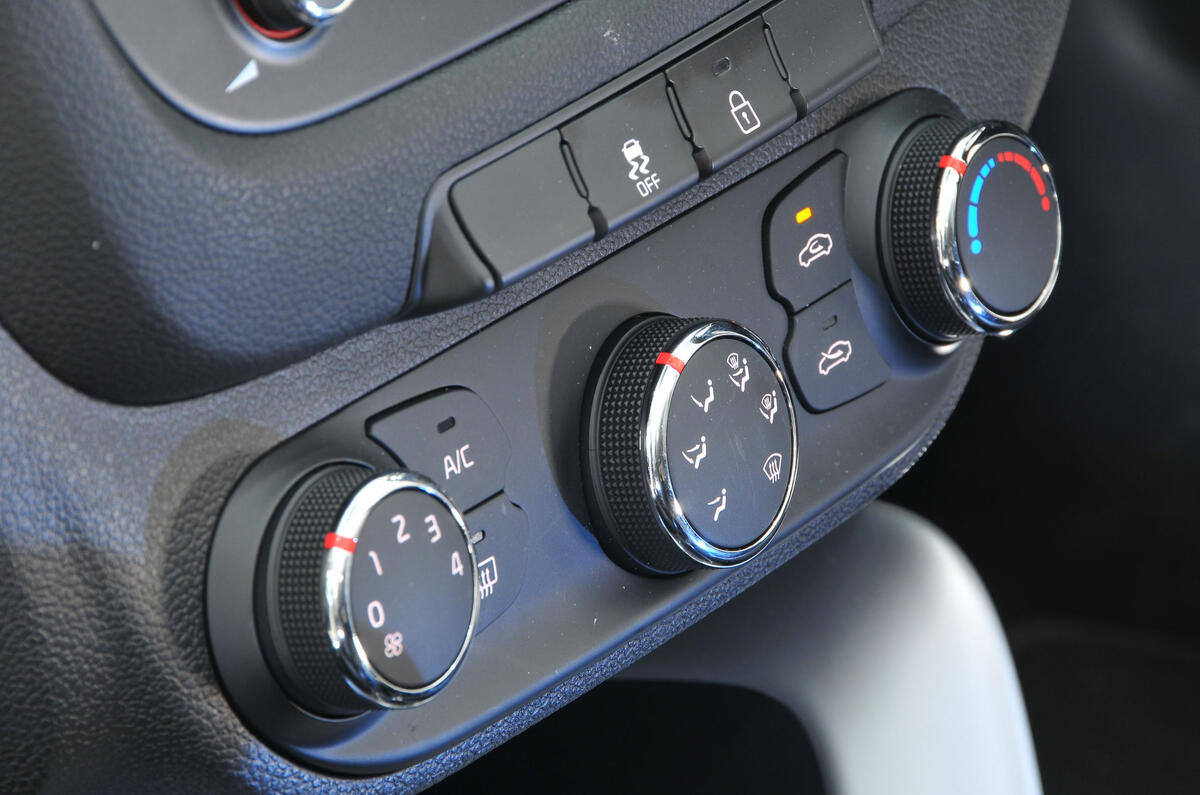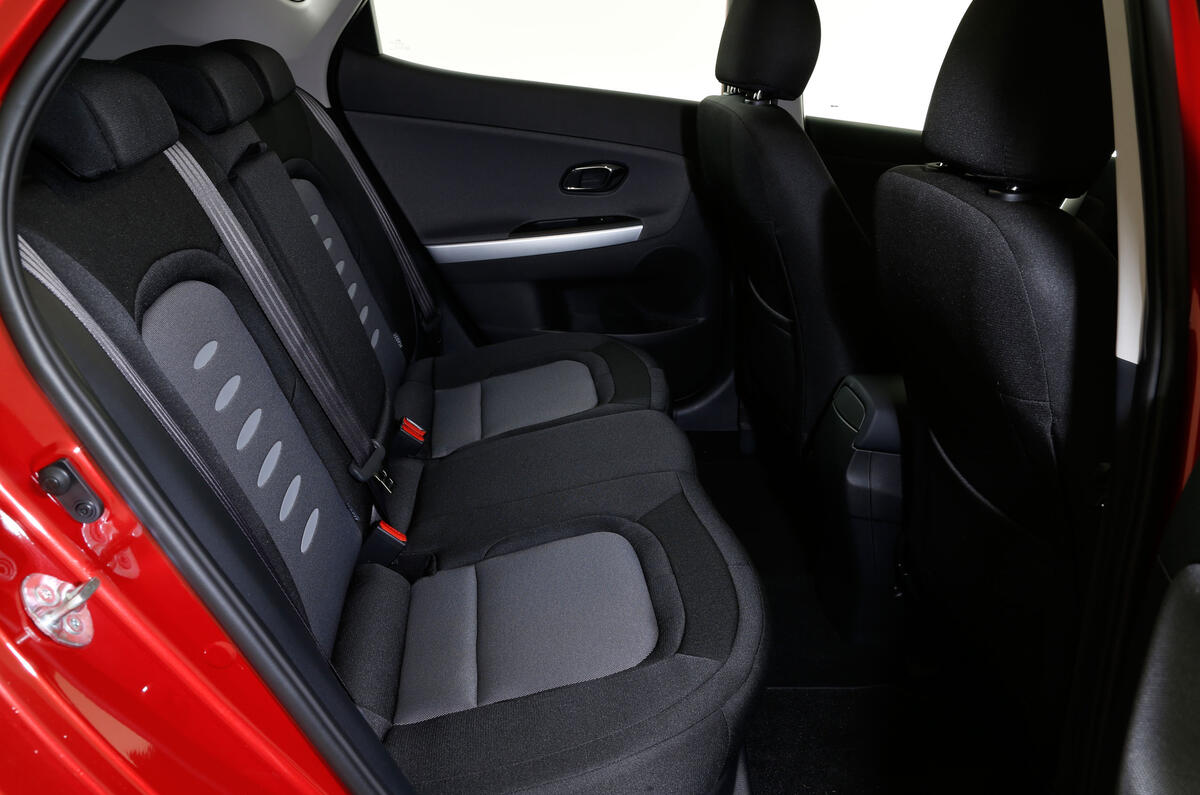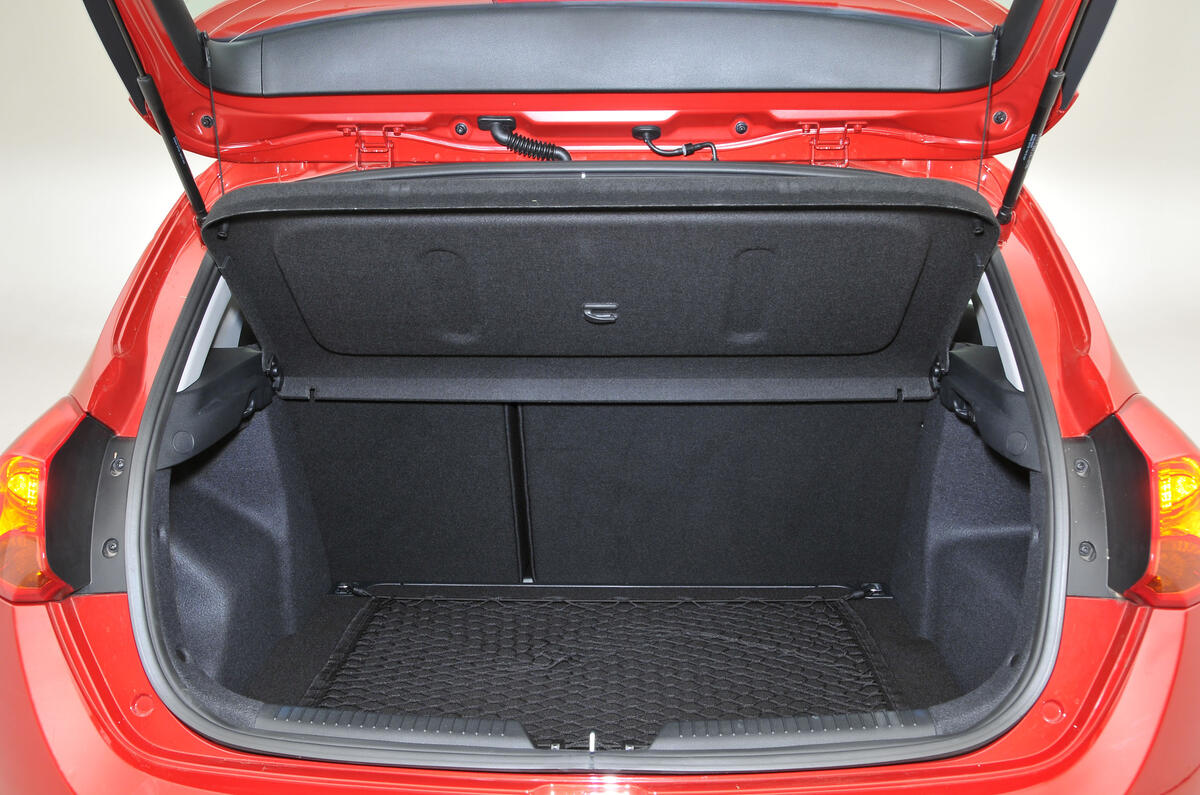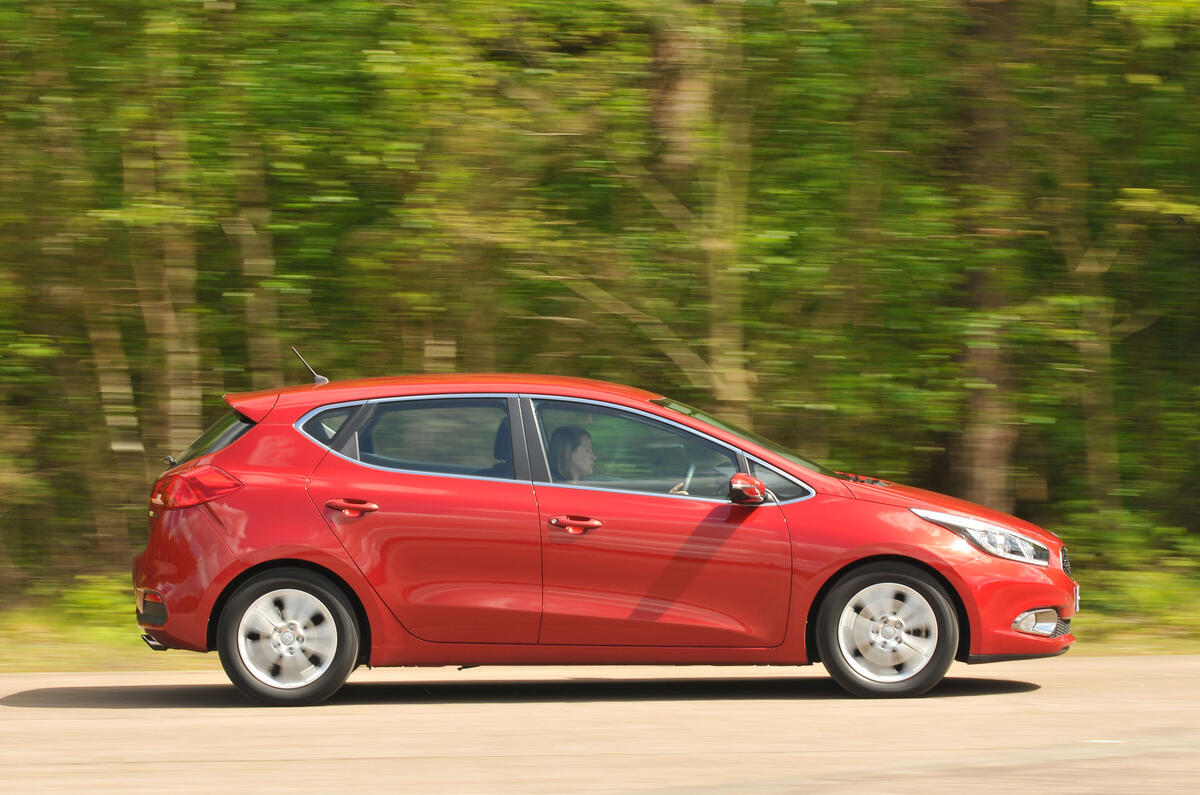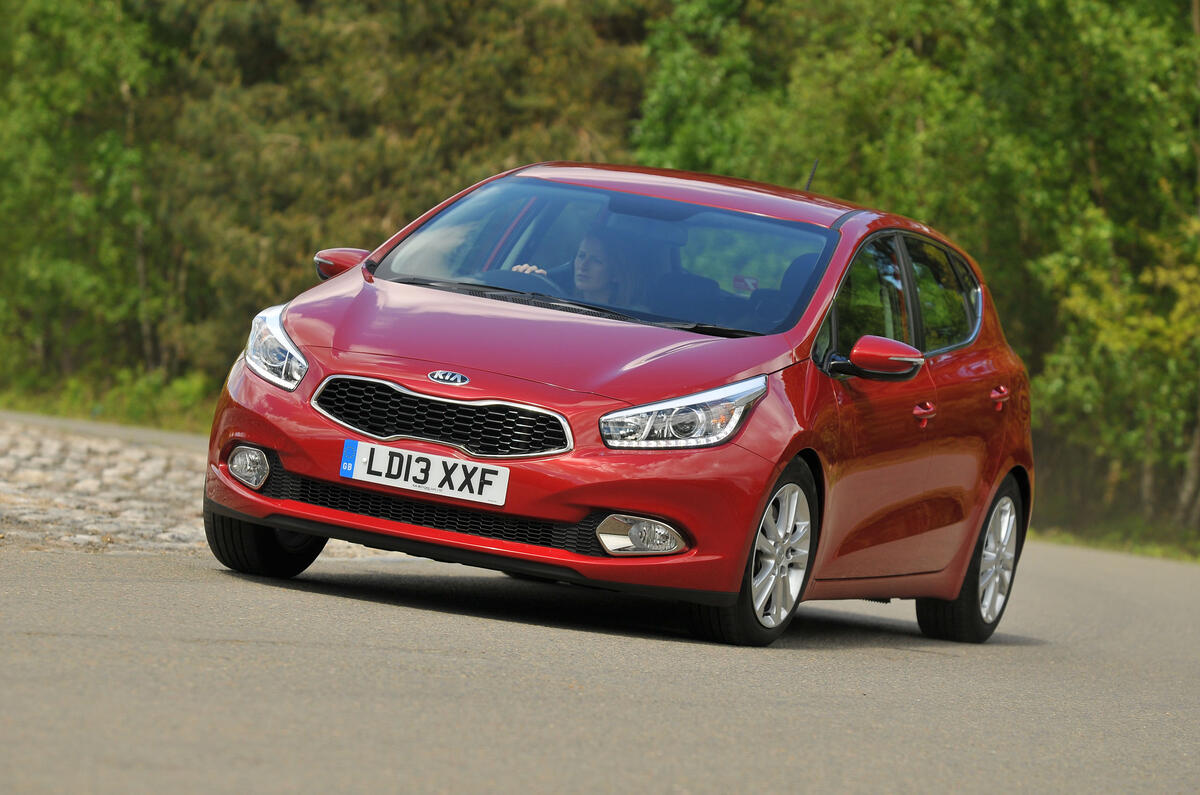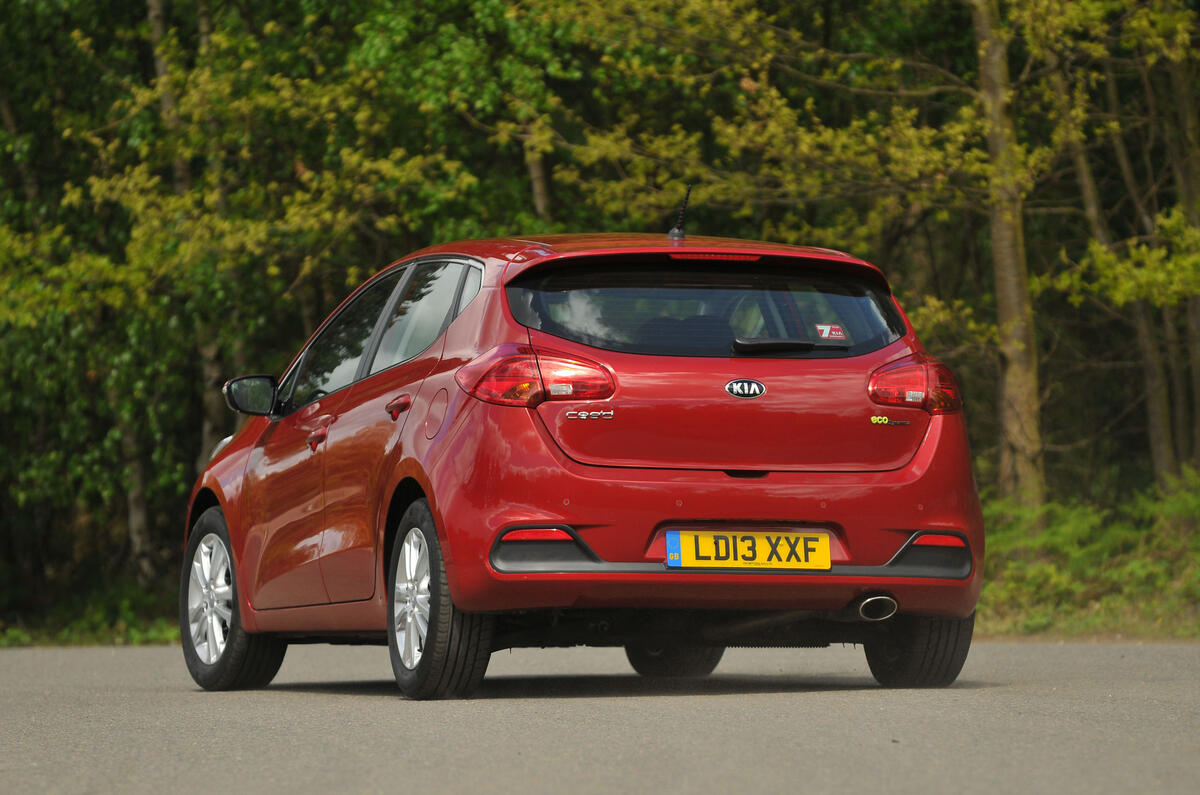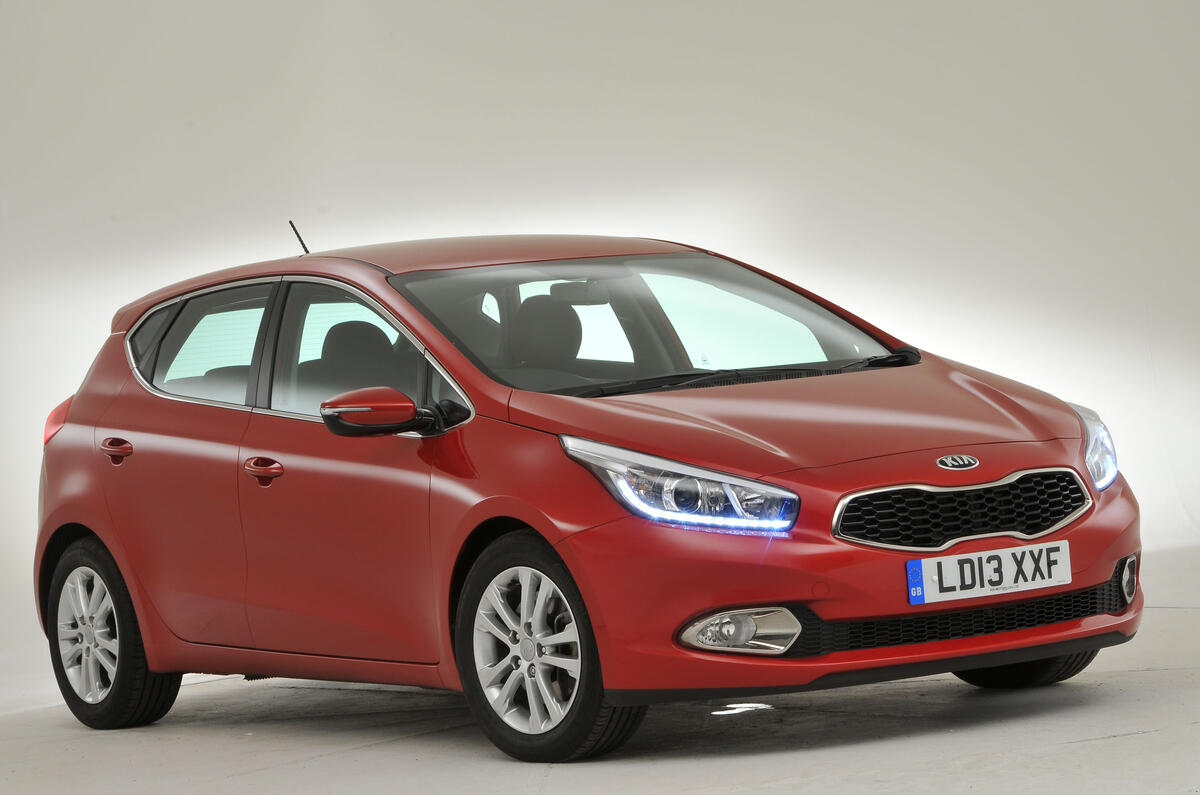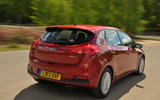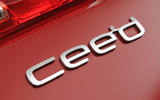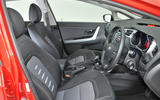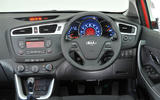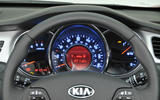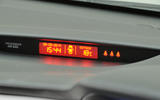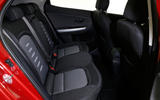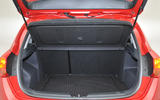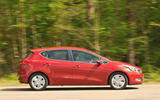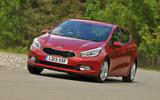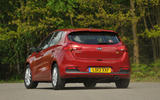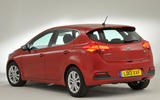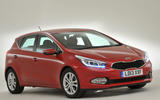In case one were needed, the new Kia Cee’d makes a neat barometer for the current buoyancy of the Kia brand. Unlike its predecessors, which were all specifically aimed at undercutting the opposition, the latest model wears a sufficiently large sticker price to be considered towards the top of an incredibly competitive class - and yet the manufacturer expects to sell more of them than ever before.
Looking at the car it’s not hard to share this optimism. Like many of its recently launched siblings, the Cee’d is remarkably stylish; more so than the Hyundai i30, even after its recent facelift, that it shares a platform with and arguably more than most of the models against which it competes.
It’s a similar story inside. There’s not a sliver of fake wood to be found in the top-of-the-range models, just a respectable selection of soft leathers, chrome fillets, soft textures and classy TFT dials. Lesser trim levels - the range is numbered 1 to 4 in ascending price order - don’t have quite as much pizzaz, but there’s no question that the Kia Cee'd has the quality, and, thanks to a unusually long wheelbase, the spaciousness, required to contest a segment dominated by household names.
As for models to choose from - there are nine trims to choose from. The entry-level '1' models come with 15in steel wheels, rear spoiler, heated door mirrors, front electric windows and hill start assist as standard on the outside, while inside you'll find air conditioning, a cooled glovebox, Bluetooth and USB connectivity, and DAB radio as standard. Upgrade to a SR7 Cee'd and it includes 16in alloys, rear parking sensors, privacy glass and adaptive headlights, while paying a bit more for the '2' may lose a couple of features but adds folding door mirrors, cruise control, vanity mirrors, front foglights and LED day-running-lights.



